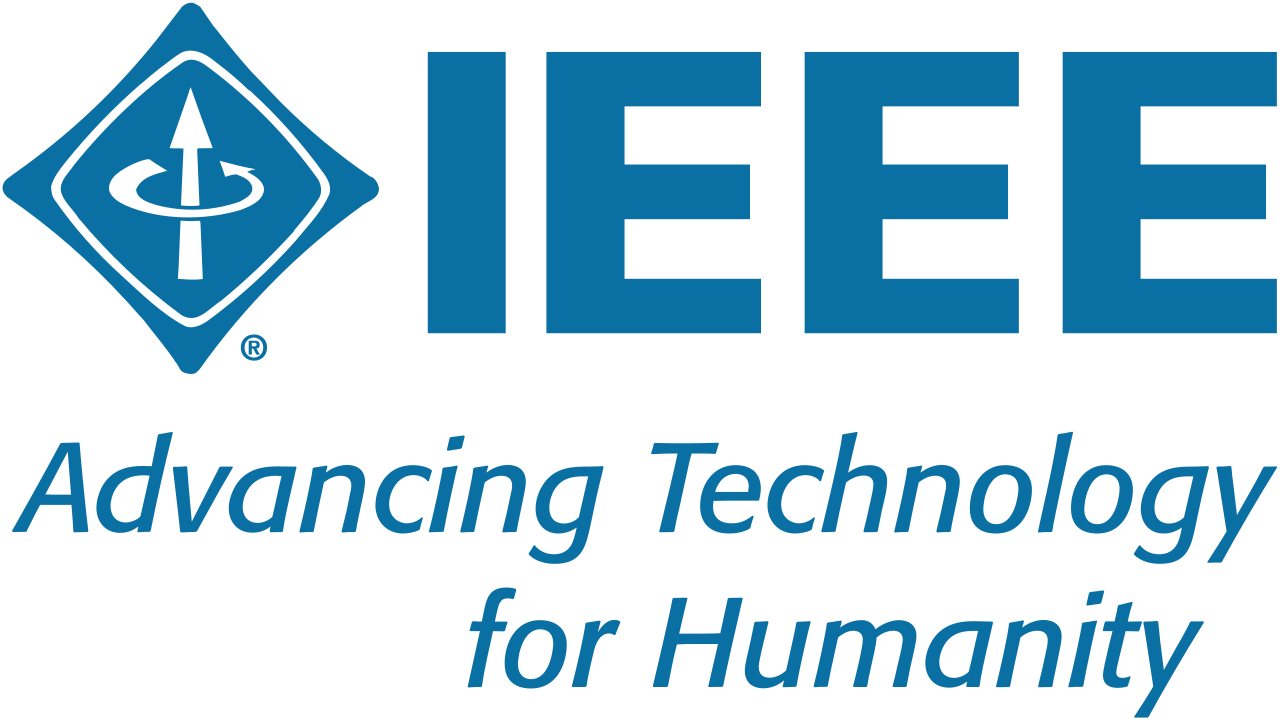Chatbot PTIPD Customer Care Center Service using Dialogfow
Abstract
Chatbot research is a unique innovation in the development of Artificial Intelli- gence and has promising prospects in the field of Education. One form of information service available at the university is the Customer Care Center (C3) PTIPD UIN Suska Riau, which is responsible for handling problems submitted by students. However, with so many questions or problems submitted to the PTIPD Customer Care Center, it is difficult for the PTIPD Cus- tomer Care Center to respond to student questions submitted, the service becomes ineffective and the response to the answers to the problems submitted becomes late. To overcome this problem, chatbot development was carried out for PTIPD UIN Suska Riau Customer Care Center Services using Dialogflow to improve services and overcome existing problems. Di- alogflow as conversation development platform that uses natural language processing (NLP) to understand and interpret user intent in conversations. Through User Acceptance Test (UAT) testing, the chatbot managed to achieve an acceptance rate of 84% overall. This shows that users, in this case, students respond positively to the use of chatbots in PTIPD Customer Care Center services. In addition, Usability Testing was also conducted to evaluate the level of usability of the chatbot. Based on this test, the chatbot achieved a score of 76, which indicates a good level of usability in interaction with users. The test results illustrate that the chatbot at the Customer Care Center PTIPD UIN Suska Riau has provided a positive user experience.
Keywords
References
B. El Bakkouri, S. Raki, and T. Belgnaoui, “The Role of Chatbots in Enhancing Customer Experience: Literature Review,” Procedia Comput. Sci., vol. 203, pp. 432–437, 2022, doi: 10.1016/j.procs.2022.07.057.
SproutSocial, “The Complete Guide to Chatbots for Marketing,” sproutsocial.com, 2022. https://sproutsocial.com/chatbots/#facebook-chatbots (accessed Dec. 18, 2022)
J. Wang, G. H. Hwang, and C. Y. Chang, “Directions of the 100 most cited chatbot-related human behavior research: A review of academic publications,” Comput. Educ. Artif. Intell., vol. 2, p. 100023, 2021, doi: 10.1016/j.caeai.2021.100023.
C. V. Misischia, F. Poecze, and C. Strauss, “Chatbots in customer service: Their relevance and impact on service quality,” Procedia Comput. Sci., vol. 201, no. C, pp. 421–428, 2022, doi: 10.1016/j.procs.2022.03.055.
A. Nugroho, D. P. Adi, and A. B. Gumelar, “Chatbot Untuk Customer Service Berbasis Teks dan Suara pada Sistem Manajemen Pemesanan (OMS) Menggunakan Platform Android,” J. Repos., vol. 2, no. 6, p. 683, 2020, doi: 10.22219/repositor.v2i6.939.
J. Wiratama, S. A. Sanjaya, and V. I. Sugara, “Rancang Bangun Fitur Chatbot Customer Service Menggunakan Dialogflow,” Komputasi J. Ilm. Ilmu Komput. dan Mat., vol. 19, no. 1, pp. 25–37, 2022, doi: 10.33751/komputasi.v19i1.4474.
A. Aryanto, “Selain di Dunia Bisnis, Beginilah Manfaat dan Implementasi Chatbot di Dunia Pendidikan,” wartaekonomi.co.id, 2019. https://wartaekonomi.co.id/read219028/selain-di- dunia-bisnis-beginilah-manfaat-dan-implementasi-chatbot-di-dunia-pendidikan
E. Sabna, “Aplikasi Chatbot Sebagai Customer Support Untuk Meningkatkan Pelayanan Terhadap Calon Mahasiswa,” J. Ilmu Komput., vol. 11, no. 1, pp. 21–24, 2022, doi: 10.33060/jik/2022/vol11.iss1.249.
Mely Angriyani, “Aplikasi Chatbot Dengan Menggunakan Metode Boyer Moore (Studi Kasus: C3 PTIPD UIN Sultan Syarif Kasim Riau),” 2019, [Online]. Available: http://repository.uin- suska.ac.id/id/eprint/22203http://www.ieomsociety.org/harare2020/papers/434.pdf
M. Affandes, M. Juanda, M. Fikry, and Pizaini, “Academic Information Service Chatbot Using HMM and AIML,” vol. 8, no. 2, pp. 79–87, 2022, doi: 10.24014/coreit.v8i2.19638.
A. Y. Chandra, D. Kurniawan, and R. Musa, “Perancangan Chatbot Menggunakan Dialogflow Natural Language Processing (Studi Kasus: Sistem Pemesanan pada Coffee Shop),” J. Media Inform. Budidarma, vol. 4, no. 1, p. 208, 2020, doi: 10.30865/mib.v4i1.1505.
C. A. Oktavia, “Implementasi Chatbot Menggunakan Dialogflow dan Messenger Untuk Layanan Customer Service Pada E-Commerce,” J I M P - J. Inform. Merdeka Pasuruan, vol. 4, no. 3, pp. 36–40, 2020, doi: 10.37438/jimp.v4i3.230.
D. W. Harahap and L. Fitria, “A Web-Based Chatbot Application Using The Dialogflow Method,” J. Inform. Dan Teknol. Komput. ( J-ICOM), vol. 1, no. 1, pp. 6–13, 2020.
T. T. Nguyen, A. D. Le, H. T. Hoang, and T. Nguyen, “NEU-chatbot: Chatbot for admission of National Economics University,” Comput. Educ. Artif. Intell., vol. 2, p. 100036, 2021, doi: 10.1016/j.caeai.2021.100036.
M. F. Fadli, G. A. Buntoro, and F. Masykur, “Penerapan Algoritma Neural Network Pada Chatbot Pmb Universitas Muhammadiyah Ponorogo Berbasis Web,” JuSiTik J. Sist. dan Teknol. Inf. Komun., vol. 6, no. 1, pp. 13–22, 2023, doi: 10.32524/jusitik.v6i1.786.
Y. Christian and M. Erline, “Web-Based Chatbot With Natural Language Processing and Knuth-Morris-Pratt (Case Study: Universitas Internasional Batam),” JST (Jurnal Sains dan Teknol., vol. 11, no. 1, pp. 132–141, 2022, doi: 10.23887/jstundiksha.v11i1.43258.
C. P. Sona and J. P. Mulerikkal, “Performance comparison of distributed pattern matching algorithms on hadoop mapreduce framework,” Lect. Notes Inst. Comput. Sci. Soc. Telecom- mun. Eng. LNICST, vol. 235, pp. 45–55, 2018, doi: 10.1007/978-3-319-90775-8_4.
M. Fazira, “Perbandingan Algoritma Knuth-Morris-Pratt Dan Boyer-Moore Dengan Metode Perbandingan Eksponensial Pada Aplikasi Kamus Bahasa Indonesia – Jerman Berbasis An- droid,” Maj. Ilm. INTI, vol. 14 No 1, pp. 202–206, 2019.
A. Khumaidi, Y. A. Ronisah, and H. P. Putro, “Comparison of Knuth Morris Pratt and Boyer Moore algorithms for a web-based dictionary of computer terms,” J. Inform., vol. 14, no. 1, p. 7, 2020, doi: 10.26555/jifo.v14i1.a17038.
S. S. Dawood and S. A. Barakat, “Empirical Performance Evaluation of Knuth Morris Pratt and Boyer Moore String Matching Algorithms,” J. Duhok Univ., vol. 23, no. 1, pp. 134–143, 2020, doi: 10.26682/sjuod.2020.23.1.14.
S. N. Umam, R. Bagus, B. Sumantri, and R. Agus, “Usability Testing Pada PUSADBOT Menggunakan Black-Box dan System Usability Scale ( SUS ),” vol. 1, no. 1, pp. 156–162, 2023.
DOI: 10.33751/komputasi.v20i2.8281
 Abstract views : 1244
Abstract views : 1244
Refbacks
- There are currently no refbacks.

This work is licensed under a Creative Commons Attribution 4.0 International License.









